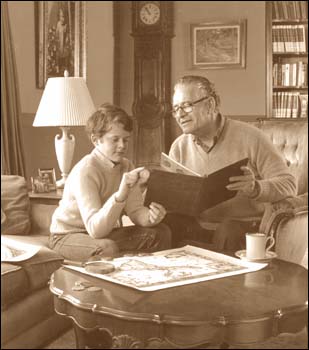Coin History
The History of Coin Collecting

Coin collecting is a popular and rewarding hobby. Coins can be a unique and insightful way to explore history and learn about the societies that have come before us. Whether you’re interested in numismatics to gain a valuable collection or just to learn a little bit more about the past, coin collecting can be a unique and exciting activity.
Some of the earliest archaeological evidence of coin collecting comes from Asia Minor, Mesopotamia and the Ancient Greek and Roman Empires. Historical records from this time indicate that coins were collected and cataloged by scholars and state treasuries. It is also likely that citizens individually collected old or exotic currency as affordable and accessible art.
During the Renaissance, coin collecting became a trend among upper-class members of society. Petrarch, an Italian scholar and poet, is credited by many as one of coin collecting’s first and most famous enthusiasts. He even inspired such notable figures as Pope Boniface VIII, Emperor Maximilian of the Holy Roman Empire and Louis XIV of France.
During the 17th and 18th centuries, coin collecting continued to be a pastime primarily of wealthy individuals, but the approach to collecting coins became more systematic. Gradually the discipline of coin collecting increased in popularity and spread to members of the middle class during the 19th and 20th centuries. With this increase in coin collecting enthusiasts, the market for coins expanded to include coins from around the world.
Once the “Hobby of Kings,” coin collecting is now one of the world's most popular pastimes, offering a rich history and opportunities to learn about many countries and cultures.
Shop With Confidence. At ICCoin, We Stand Behind Each And Every Item We Sell.
